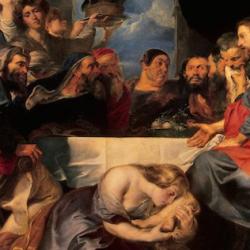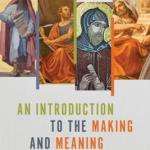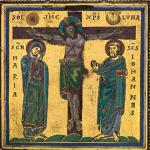Luke 10 moves from the story of the Good Samaritan to the story of Mary and Martha. Though different themes come up, they are closely related issues. First, the Good Samaritan is contrasted with two liturgical specialists, a priest and a Levite, and his ministry to the wounded man suggests sacrificial service. Oil and wine would not be typical medicines, but were basic elements in the temple ritual. The Good Samaritan story is a demonstration that obedience — i.e., compassion — is better than sacrifice; or, better, that obedience is the superior form of sacrifice.
Second, the story of Mary and Martha rings changes on this same issue. Martha is busy preparing a meal for Jesus, which against the Old Testament background has sacrificial connotations. Martha is acting as a “priest,” who is preparing the “bread” of the Lord. But Mary is doing the better thing, not concerned with the preparations for the (sacrificial) meal but with sitting at the feet of Jesus and listening to His word. To put it in other terms, the point is not that Bible study is superior to showing hospitality; rather, the point is about the proper way to show hospitality. It is wonderful to prepare an elaborate meal for a guest; that is a way to honor the guest. But preparing an elaborate meal at the expense of the guest is not hospitable. And offering “sacrificial food” while ignoring the voice of the Lord is not just bad manners but fundamental rebellion.















